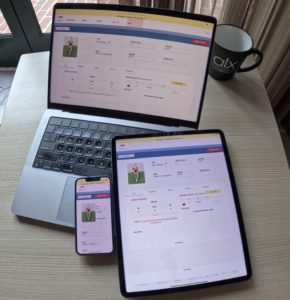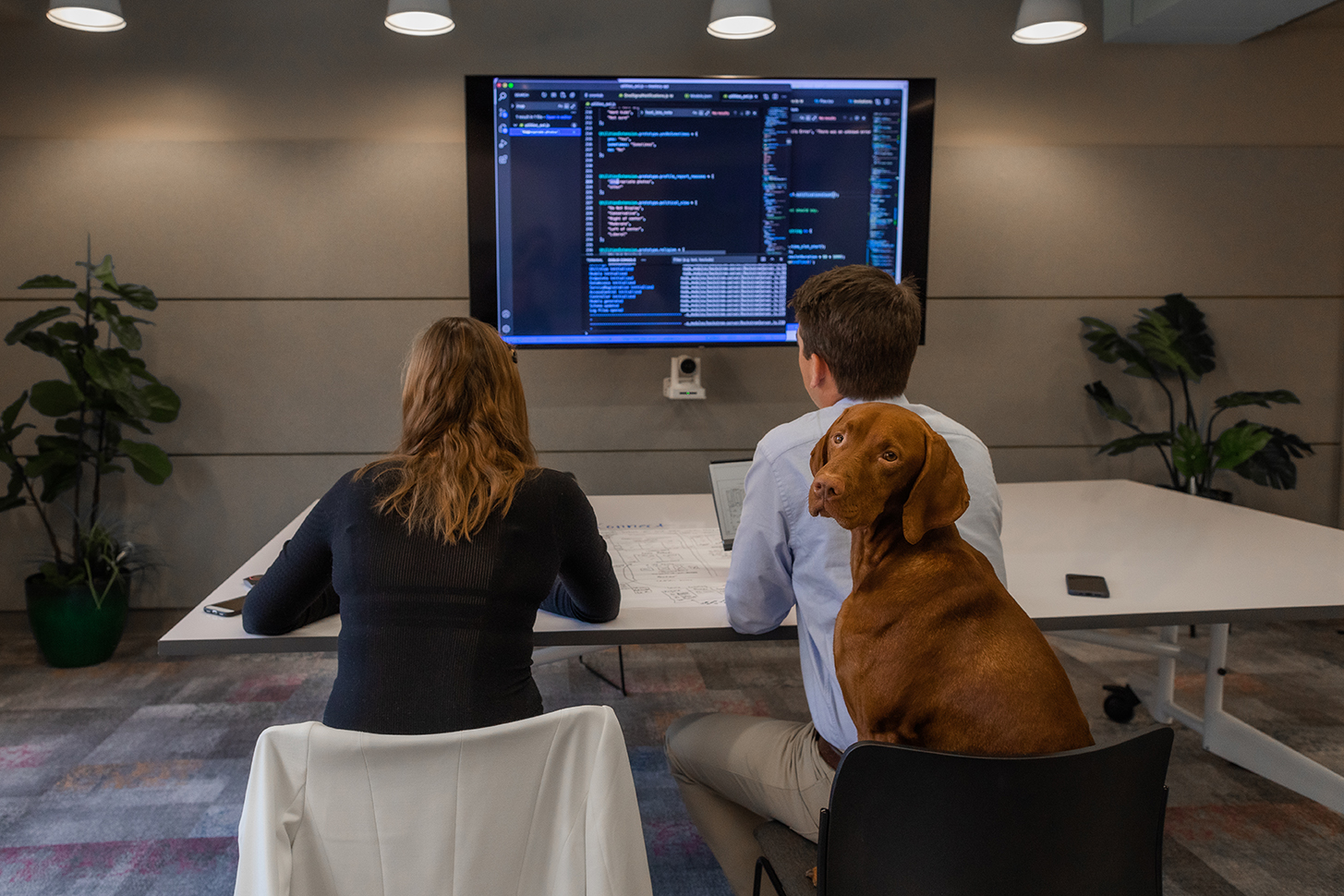Designing systems, especially those which are complex or deal with complex information, can be a challenge. It can be an even larger challenge to make those systems easy to use and intuitive. There are general principals of usability that apply to all computer systems, such as displaying clear error messages and offering a hint to resolve it, however when it comes to designing an entire system, it can help to understand how your target users think and understand the world. This is where “Mental Models” enter the picture.
Take the personal computer: the concept of a desktop was introduced by Xerox as early as the 1970s but is commonly attributed to Apple in the form we know today. While ubiquitous now, when first introduced computers were totally foreign to most people who encountered them, yet the people designing computers had to figure out how to make them understandable to everyday people for personal computing to spread and thrive.
It’s no accident that the computers we use everyday have all of the following: files, file folders, a trash can, a desktop, functions called copy, cut, and paste. What were people familiar with before computers? Their offices. What did their offices have in them? Offices have: files, file folders, a trash can, a desk[top], copy machines, scissors, & supplies like glue.
Computers were designed to mimic and match way we think about and interact with our office, to make them easier to understand and more intuitive to use. Computers were designed to match our “Mental Model” of how our office works. Just like computers, software tools can be designed to match the “Mental Model” of how target users think about their problems and tasks, as well as how they go about tackling them. The best and most intuitive software combines a strong understanding and application of the user’s mental model with general software usability principles and human cognition facts.
Need help designing your product to better match how your users think? We specialize in user experience design, and the prerequisite user and stakeholder research to inform it.




